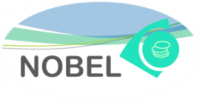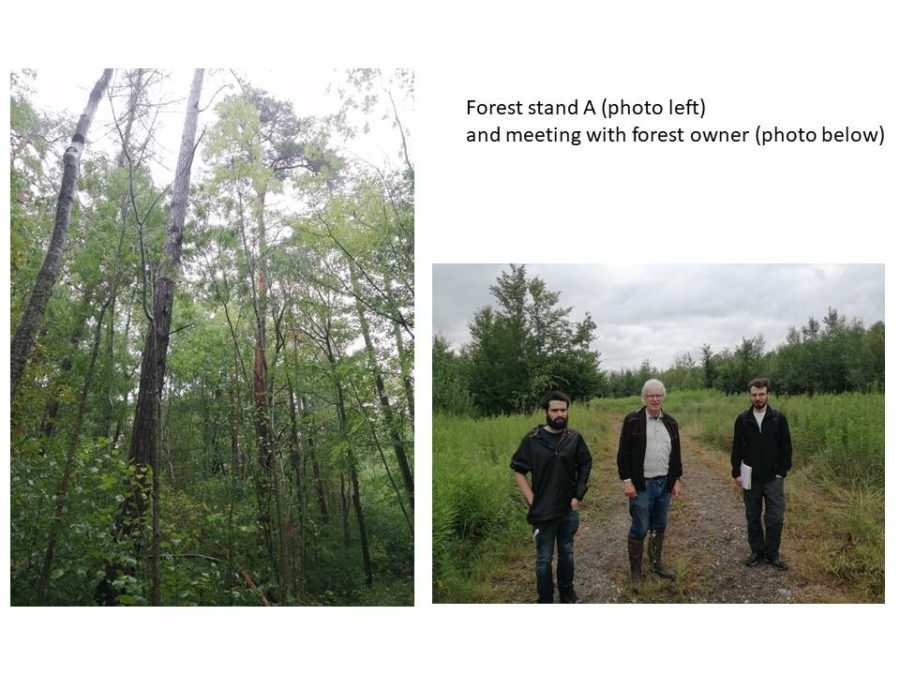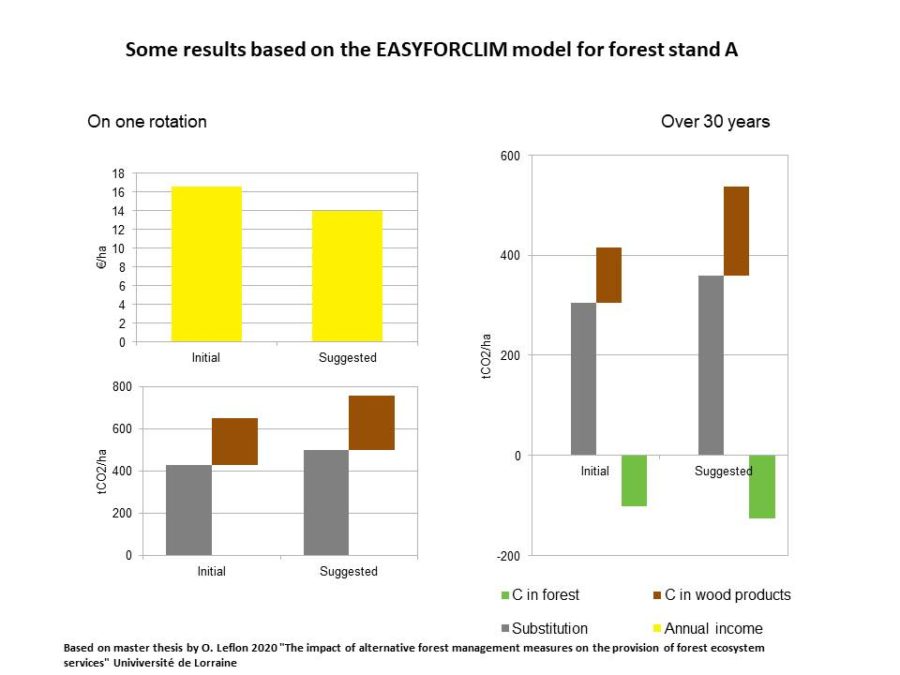Ecological characterization
The pilot demonstration of France is inside two eco-regions (GRECO):
- Grand Est semi-continental corresponds to the continental climate zone of France, except for the high mountains
- Les Vosges
The locations will be linked to the DHDA project coordinated by Metropol Grand Nancy, i.e. centred on the cities Nancy and Epinal.
Forest Ecosystem Services (FES)
The French pilot demonstrator is not planned to be defined by location but by the demand by end-users. This provides the advantage that ongoing transactions between forest owners and buyers (companies), facilitated by our co-operating stakeholders, can be analysed. Based on these experiences we will, in co-operation with Metropol Grand nancy, CNPF, develop a web platform that potentially can be used by all forest owners in France. This implies that a large range of forest ecosystems will be considered. The management options influencing carbon include, afforestation, reforestation (for example, after a wind-throw or other calamities), management changes (for example changes from coppice forestry to high-forest), or stand improvements with the objective to increase the carbon stock. In 2018, CNPF has collected more than 200 projects that may potentially will contribute to climate change mitigation. These projects also account the need to adapt to changes in climate and also projects consider co-benefits (bundles of services). A certification system, validated by the Ministry in charge of the Ministry (MTES) and monitored by external auditors is being developed. Some contract have already been concluded between forest owners and firms as pilot projects in the framework of the VOCAL project (FEDER funded project in the Central France). These experiences will be used in the DHDA to develop a regional platform for bundle of services
- Timber production
- Carbon: Models currently used by CNPF in documentation of carbon stock
- Recreation: FSC France is developing criteria for cultural service provision. DHDA project also consider water protection services
Stakeholders
Metropole Grand Nancy on developing platform for FES trade (contact: Mathieu RUILLET); Private Landowners, Forest managers, (contact, by CNPF); CNPF (private forest owner extension service). In particular working with their innovation and development unit (IDF) (contact: Simon Martel) FSC France; I4CE (firm involved developing carbon label) (contact: Julia Grimbault); Ministry of Environment (contact: Yann Kervinion)
Ownership
Private ownership Municipality owned forests, State forests
Business Model
1. Recreation
- Providers: Landowners,
- Consumers: Labeling (FSC)/ Municipalities contracting with private owners to improve access
- Payments: Linked to timber price/ individual contracts between municipalities and forest owners
2. Carbon
- Providers: Landowners
- Consumers: Private firms
- Facilitator: CNPF (State supported extension service).
- Plan to develop internet platform.
- Payments: voluntary
Ecosystem Model
For timber and carbon: The spreadsheet based decision support tool EASYFORCLIM (Peyron et al. 2020) currently under development as well as simple carbon storage protocols using by the in the certificaition by the label “Label Bas Carbon”. Furthermore, these results are compared with the forest ecosystem model Samsara2 (Courbaud et al 2015) which allows to simulate timber, carbon and biodiversity indicators.
Recreational services: Link between forest characteristics and potential recreational services (Abildtrup et al 2015)
First experiences
The first tests (spring 2020) of the modeling framework were carried out together with three forest owners and CRPF. Together with the forests owners, case forest stands were identified in which the owner considered changes in current management and was open for implementing such changes with, or without, an economic compensation for potential negative effects on profit.
The primary focus was on identifying simple (transparent and not time-consuming) approaches for simulating consequences of changes in management which are case specific and which can be accepted as basis for a potential contract between a forest owner and a buyer of a non-marketed ecosystem service. The first results concerned timber (profit) and impact on carbon emissions. Also some exploration of the modelling of biodiversity indicators using the Samsara model has taken place.
The four case forest stands considered in the preliminary analyses
| Species | Age | Change suggested | |
| A | Sessile Oak (60%), Laricio Pine (40%) | 115 years/ 70 years | Increase rotation age from 150 to 180 for oak and from 85 to 100 for pine |
| B | Sessile Oak (30%) Laricio Pine (70%) | 115 years/ 70 years | Transition to uneven age management. |
| C | Sessile Oak | 0, plantation after sanitary clear cut | Change of species, what impact of having oak instead of Douglas (which was in the plan)? |
| D | Sessile Oak (80%) Hornbeam (20%) | 150 years/ 30 years | No management in order to improve biodiversity |
Location of case forest stands



